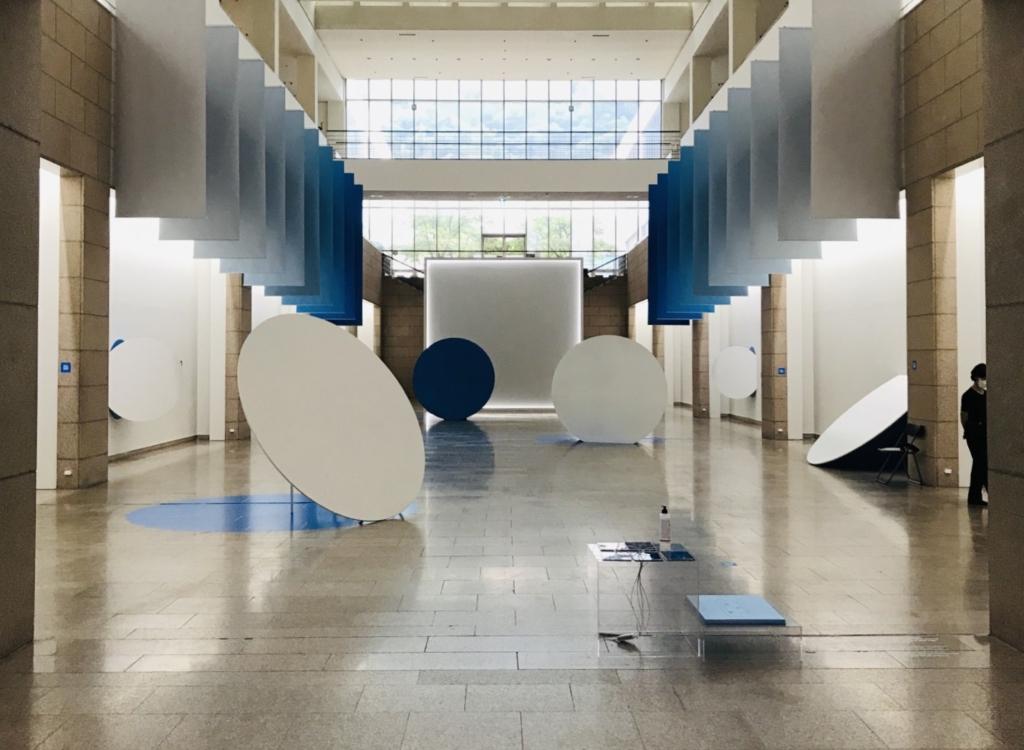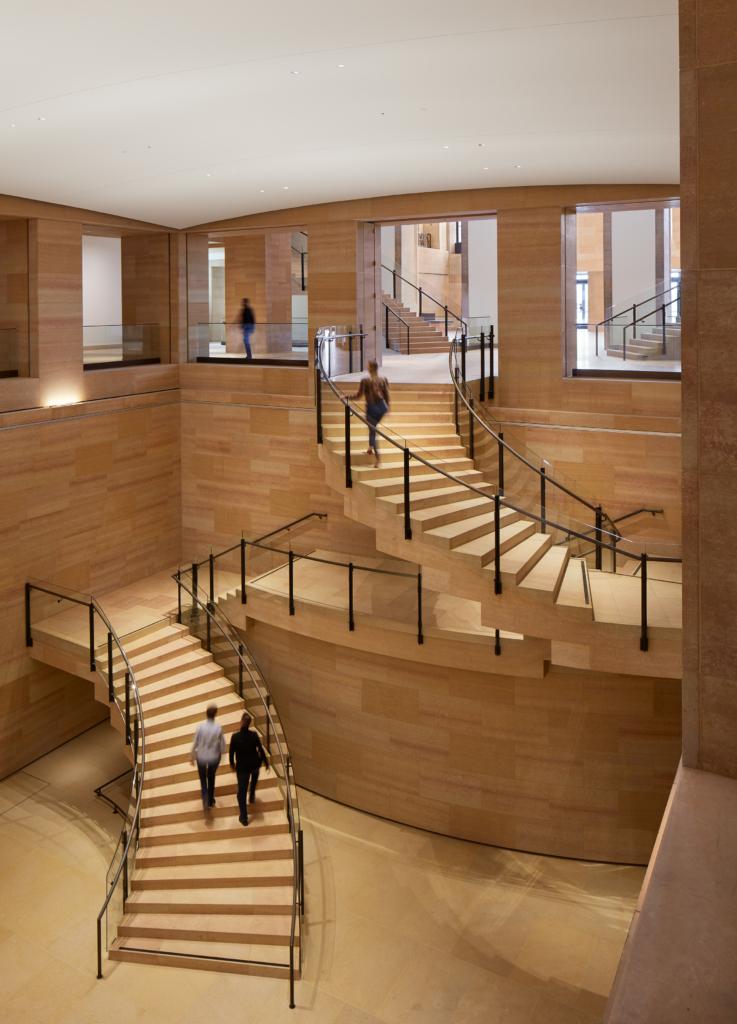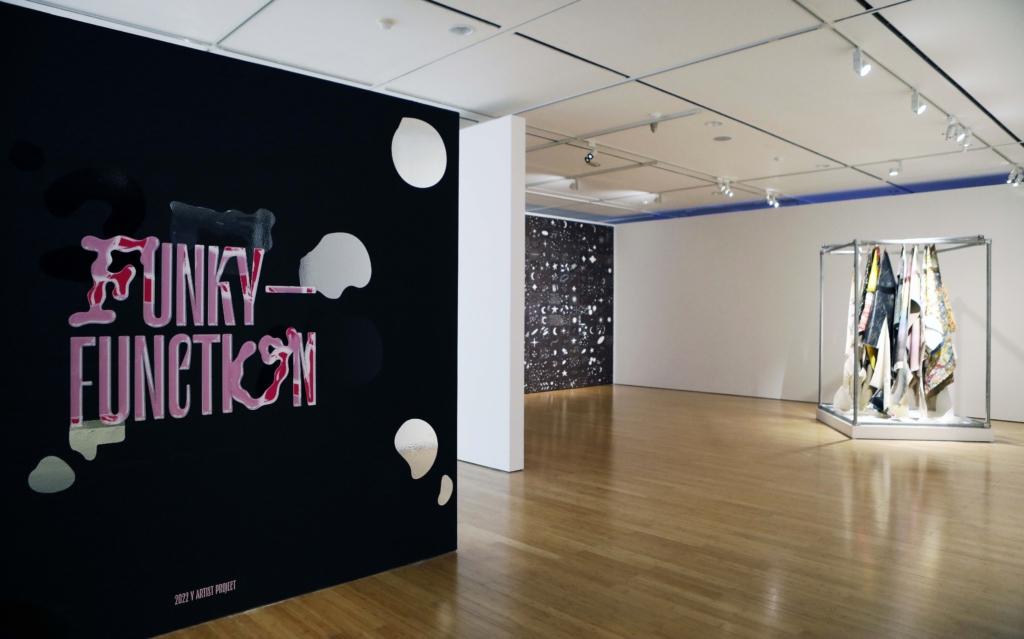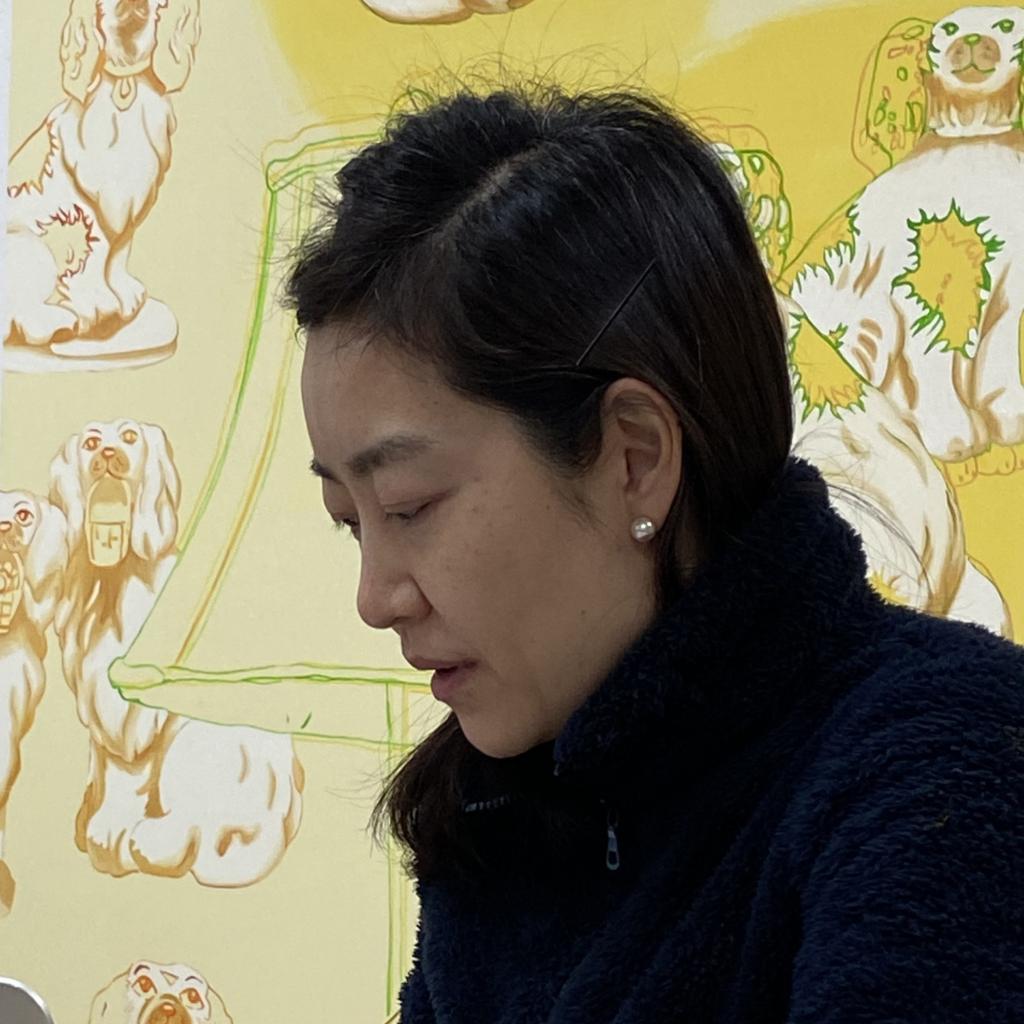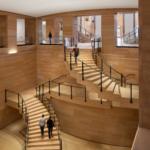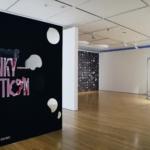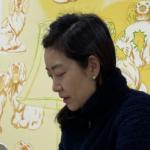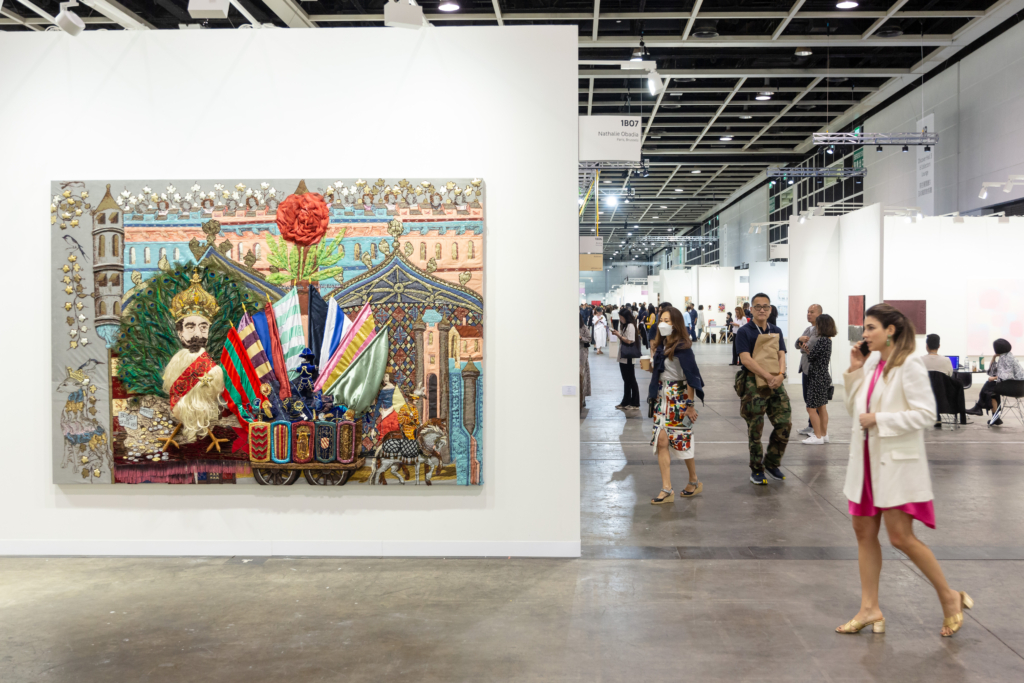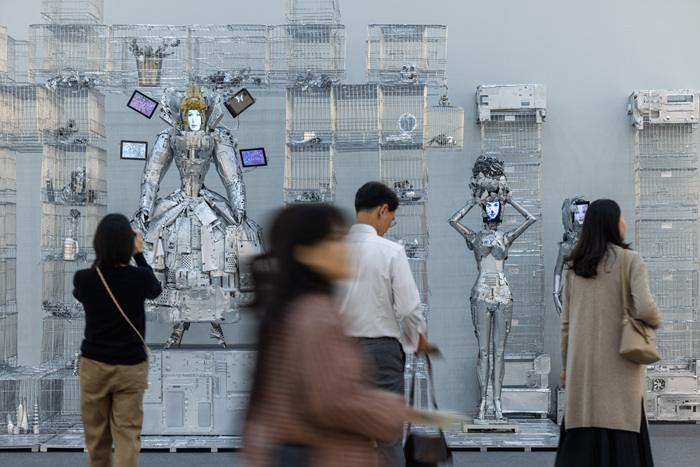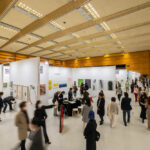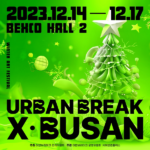Why Did Frieze Choose Seoul over Other Asian Cities?
With a single ticket, Frieze, one of the world’s largest art fairs, and Kiaf SEOUL, South Korea’s largest art fair, opened their first joint edition at COEX, Seoul. The co-hosted event is the country’s largest art fair in its entire history.
Approximately 110 galleries from twenty-one countries are participating in Frieze Seoul, which continues until September 5, and 164 galleries from seventeen countries participated in Kiaf SEOUL, which will run until September 6. Kiaf PLUS, a satellite fair at SETEC, presents works by young artists and media artists through 73 galleries from eleven countries.
The inaugural edition featured 350 participants, including the largest galleries in the world, such as Gagosian, David Zwirner, Hauser & Wirth, and White Cube. Before the opening of the fairs, the news that collectors, dealers, and other VIPs from the global art scene would be visiting Seoul shook the nation with anticipation.
With the increased size of the event and more diverse artworks, Kiaf SEOUL predicts that sales this year will triple from last year’s high of 65 billion KRW to 200 billion KRW (approximately $147 million).
Even though Frieze has never publicly disclosed its total sales, local art market experts estimate each edition’s size to be approximately $1 billion. When comparing the two art fairs’ total sales, Kiaf is equivalent to 6.5% of Frieze’s estimated sales.
There is an art fair in Asia whose sales have already surpassed those of Frieze. Art Basel Hong Kong is an international art fair held since 2013 and is renowned for its roughly $1 billion in sales.
Despite challenges in the art market in Hong Kong, the city remains strong with some substantial results. According to Art Basel & UBS’s Art Market Report, Greater China, including Mainland China, Hong Kong, Taiwan, and Singapore, dominated the global art market with a 20% share worth approximately $65.1 billion, making it the second largest market after the United States. In addition, ArtTactic reported that Hong Kong surpassed London as the contemporary auction market in 2020.
The question then arises as to why Seoul was chosen over other cities in Greater China. First, there is no reason for Frieze to choose Hong Kong, given that Art Basel has already opened its competing fairs in the city. Due to China’s national security law, which criminalizes acts of subversion against the government, terrorism, and foreign collusion, Beijing and Shanghai would not be the best locations for events. Moreover, while Hong Kong is a duty-free zone, art imports and exports are taxed in other cities.
Along with Seoul, Singapore, which is one of the Greater China cities, is frequently mentioned as the most likely next Asian art market. The city is geographically and culturally close to the major cities of China and Southeast Asia.
Singapore’s retail and manufacturing sectors are highly developed and competitive, resulting in relatively high levels of income and economic freedom. The city also has a free-trade zone, the Singapore Freeport, which offers beneficial customs and taxes on artworks and other assets.
After China’s security law was enacted in Hong Kong, many companies, including L’Oreal, LVMH, and VF Corporation, which owns Timberland and The North Face, moved to Singapore, drawing a significant influx of capital. Due to these changes, Sotheby’s held a live auction for the first time in fifteen years, and the long-delayed ART SG art fair is finally scheduled to take place next year.
However, the city’s art scene is relatively small compared to other Asian regions, with fewer art museums and artists. According to Singapore’s National Arts Council’s Our SG Arts Plan (2018–2022), the size of the local art market is also modest, accounting for only 1% of the global art market.
Tokyo is also frequently mentioned as the next Asian art market hub. Tokyo has a larger market than Seoul and Singapore, a well-established art market system, and is one of the world’s largest cities. Japan’s Agency for Cultural Affairs reported that the Japanese art market accounted for 3.7% of the global art market in 2020.
However, Japan is one of the most earthquake-prone countries in the world, and its art market is expanding at a slower rate than in other regions. According to the Agency for Cultural Affairs, although the Japanese art market showed signs of recovery in 2021, the rate decreased by 15% compared to 2019, before the pandemic outbreak.
Compared to other cities, Korea’s art market is expanding rapidly. Art Basel & UBS reported that South Korea entered 5th place (2% market share) for the first time in the “post-war and contemporary art” sector in 2021. In addition, the Korea Arts Management Service estimated its market size to increase from 400 billion KRW in 2019 to 900 billion KRW in 2021. The market size has doubled in just two years.
According to market watchers, this result was due to the sharply increased number of Korean collectors and local art market sales. The increase in the number of young collectors, especially, fueled this rapid growth. In recent years, many young collectors, artists, and other members of the art world born in the 1990s with more flexible and adventurous attitudes toward investments have entered the art scene. This influx of the younger generation indicates the art market’s long-term expansion.
Many other factors could have influenced Frieze to choose Seoul since it is a city with a well-equipped transportation infrastructure, which allows collectors from different Asian cities, such as Beijing, Shanghai, and Tokyo, to gather within three hours. In addition, as Korea’s popular culture has recently received worldwide attention, tourism resources are abundant, thereby enhancing the art world’s growth potential.
The art market system is relatively robust compared to other regions. In addition to national and public art museums, there is a variety of government and private support for culture and art in Korea. Furthermore, there are many private art museums with well-established collections and programs, including the Leeum Museum of Art, Amorepacific Museum of Art, and Space K Seoul, to name a few.
This network of art institutions and the art market has fostered a large number of contemporary artists of various generations, such as the Dansaekhwa artists, Do Ho Suh, Lee Bul, and Haegue Yang, as well as a younger group of artists such as Kang Seung Lee, Lee Mirae, and Geumhyung Jeong.
Most of all, the country does not impose import taxes on art by living artists valued at less than 60 million KRW ($45,000) or taxes art at a relatively low rate, making it attractive to the international art market.
Frieze Seoul will hold fairs in Seoul for the next four years. With the influx of the international art market into the country, there are concerns that local collectors will focus primarily on mega-galleries and artists while ignoring small and medium-sized local galleries and emerging artists. Many others, however, anticipate that this joint art fair will provide an opportunity to increase the recognition of outstanding Korean contemporary artists in the international art world as well as enhance the quality of Korean art through various exchanges.
Related Links
- FRIEZE
- Kiaf SEOUL
- 허스트중앙 엘르, 예술의 바다에 첨벙! 세계 최대 규모의 아트 페어 ‘프리즈’ 서울이 개막했다, 2022.09.02
- 매일경제, 세계 3대 아트페어 프리즈가 런던·LA 이어 서울 택한 이유, 2022.08.19
- ARTnews, Singapore’s Art Market Is Capitalizing on the Hong Kong Exodus, 2022.07.28
- UBS, The Art Basel and UBS Global Art Market Report 2022
- Art Market Report, Japanese Art Industry Market Research Survey 2021
- (재)예술경영지원센터, 2021 한국 미술시장 결산 컨퍼런스 자료집, 2022.01.
Aproject Company. Co., Ltd | Founder & CEO : Jay Jongho Kim
216 Dosan-Daero, B2F, Gangnam-gu, 06047 Seoul, Korea
Business Number : 894-88-01945
Contact : aproject.company@gmail.com
Mail-order-sales registration number : 제 2021-서울강남-04243 호

























